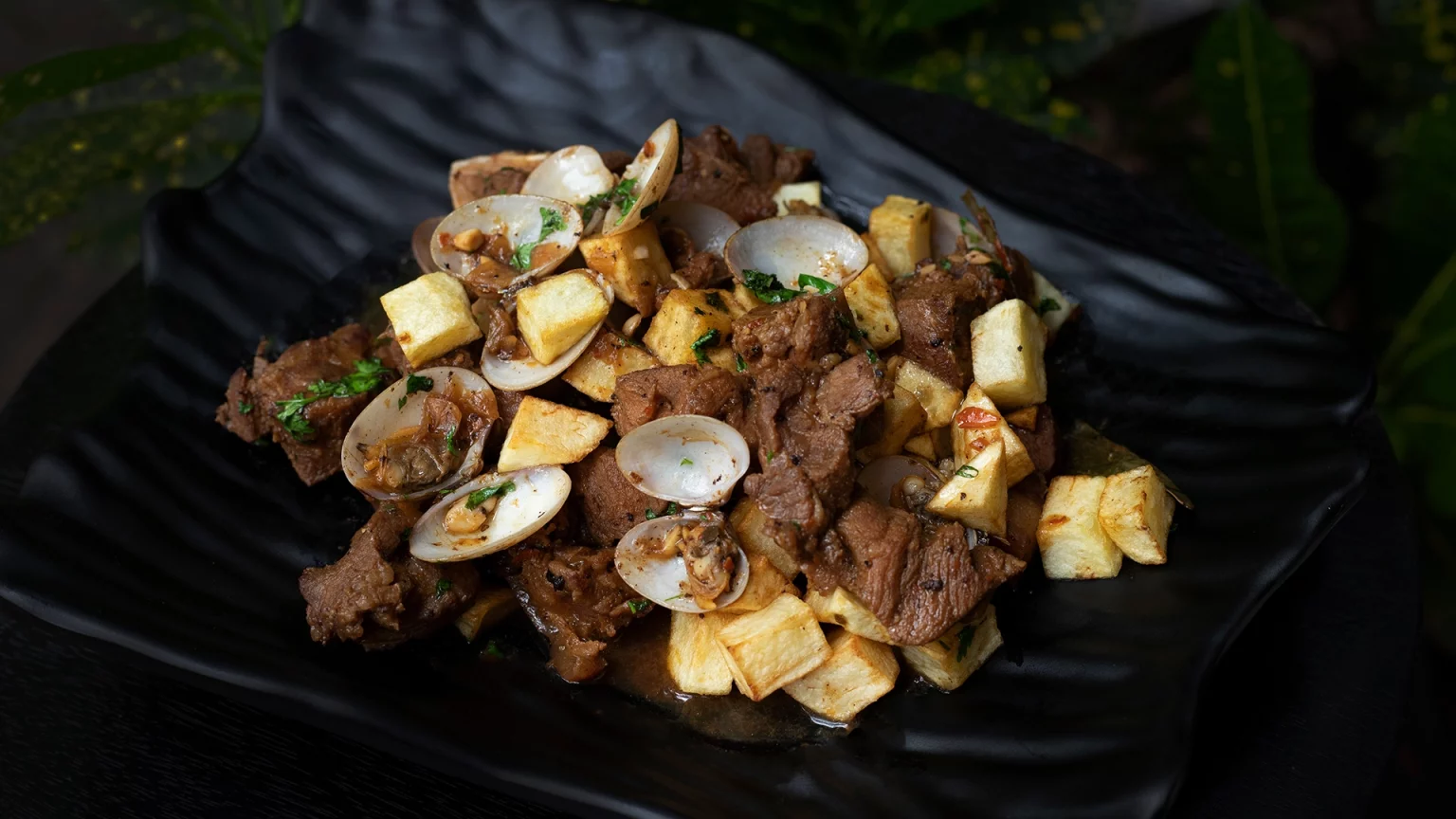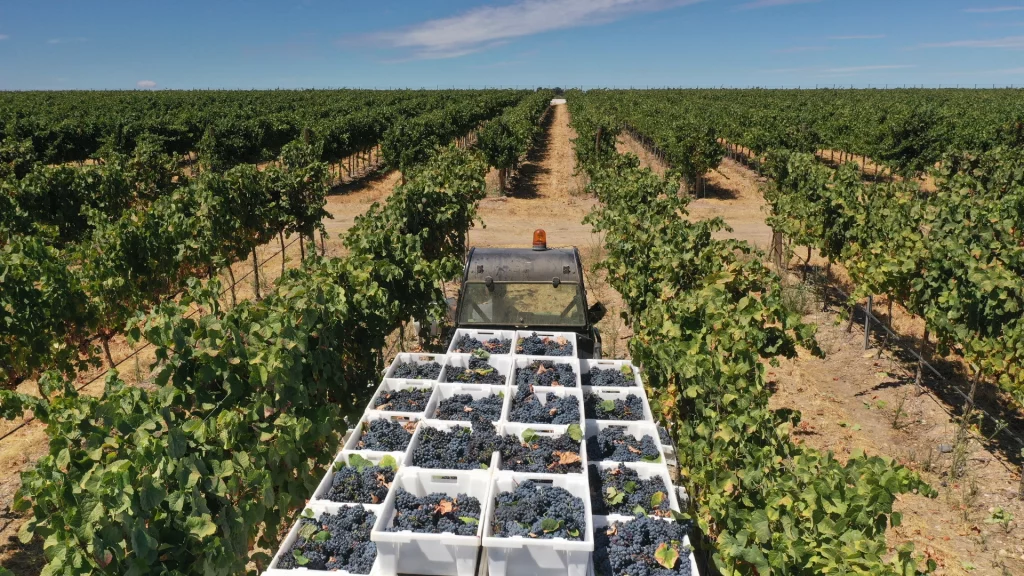Savouring the typical dishes of the Alentejo is almost always synonymous with enjoying the local bread and olive oil seasoned with the aromatic herbs that grow on the Alentejo plains and streams.
This trilogy proved essential in marking a cuisine made of simple, seasonal and accessible products, mirroring the economic difficulties experienced by its people and their creativity in producing splendid combinations for the palate.
To savour Alentejo cuisine is to share the aromas of the land, the warmth of its plains, and genuine products. All these give this region a flavour different from the ones found in the rest of the country.
The Alentejo is now part of the Portuguese gastronomic map, complementing and enriching national cuisine, with countless and varied appetisers paired with local wine to enhance their uniqueness, in a tradition that appeals to tasting and eating gradually, which slows the pace but accelerates the senses.
Typical dishes of the Alentejo: famous açordas and soups
The loyal presence of traditional bread in Alentejo’s gastronomy shows the role that this region had and continues to have as a producer of cereals on the national scene.
Always a side to meals, bread has become the main ingredient of many of Alentejo’s most famous dishes, thanks to the many applications that the wise hands of the local people have given it in making different soups and açordas.
Often enjoyed as a first course but also as a main dish, Alentejo soups and açordas consist of large slices of bread soaked in different types of broth, more or less liquid and thick, to which more bread can be added, always to the taste of the diner.
This combination has made many dishes famous, such as Alentejo açorda, lamb stew, shark soup, purslane soup, and tomato soup, also known as gaspacho alentejano, to enjoy chilled to freshen the palate in the hot summers of the region.
These are rich, hearty dishes with bread, olive oil, and aromatic herbs such as coriander, mint, oregano, thyme, pennyroyal, and savoury. Combined, they add nuances of flavours typical of Alentejo, showing common points with the gastronomy of neighbouring Spain and the Arab peoples of North Africa who have made such a lasting impression on the region.
Enjoying these soups is even more special when accompanied by the region’s famous wines, especially the white wines made from local grape varieties, which are highly appreciated nationally and internationally.
A successful match between meat dishes and migas
The stale bread from previous days takes shape in migas, meaning crumbs, which honour a cuisine where food waste is out of the question. Everything is used, and this stale bread softened in water, olive oil, and the sauce resulting from frying meat, is offered to be enjoyed with different types of seasoning.
It is served with both game and grazing meats such as lamb, but it is as a side to pork that it has become one of the most typical dishes of the region. According to connoisseurs, the famous migas alentejanas pair well with a good Alentejo red wine, which can enhance the flavour of this intense and refined dish, immersing the palate in an unforgettable experience.
In Alentejo gastronomy, one may also find, although less frequently, potato migas and even very tasty and traditional fish dishes. The highlight goes to the shark soup or the coriander clams with shark, as dogfish has become one of the few fish most often eaten in the Alentejo, making it one of the mainstays of the typical gastronomy of the region. Cod and clams brought a touch of the sea to this countryside and lowland cooking in versions adapted to the region, such as bacalhau Albardado (fried cod) or Carne de Porco à Alentejana (pork and clams).
Alentejo appetisers
Alentejo appetisers, which sharpen the palate for typical Alentejo dishes, are also an attraction in this varied gastronomy.
Serpa’s famous cheeses, black pork hams, and pigs’ feet with coriander, which allow for no food to be wasted, turning simple ingredients into a feast, are also attractions of the local menu.
Other delicacies such as gizzards, chouriço and linguiça, pig’s ear, snails, and cracklings are also included in a plethora of flavours that can be further enhanced if paired with a red wine from Alentejo or even a rosé, whose acidity goes well with spicier and fattier platters of cold cuts.
Typical dishes of the Alentejo: sweet desserts
Alentejo’s desserts are varied, and many originated in monasteries. From the 15th century on, sugar, egg yolks, and almonds were used as the main ingredients in local confections. Due to the extinction of religious orders in 18th century Portugal, monastic confectionery left sacred sites and flooded the country from north to south.
In the Alentejo, the highlight as one of the most iconic sweets goes to encharcada, an egg, sugar, and cinnamon dessert mainly appreciated in Évora, Beja, and Mourão. In addition to encharcada, one may enjoy many other desserts in the Alentejo, such as the famous pão de rala, a bread-shaped cake filled with yolks and sugar, or the no less well-known sericaia, a pie cake garnished with the famous plums of the region.
The gastronomy of the Alentejo, made up of long and deep-rooted traditions, has not frozen in time. New chefs have been using local ingredients to recreate and reinvent some of these traditions. Always focusing on native products of the regions, they ensure that the typical dishes of the Alentejo are kept alive and promote new values such as a healthier and more sustainable diet.








